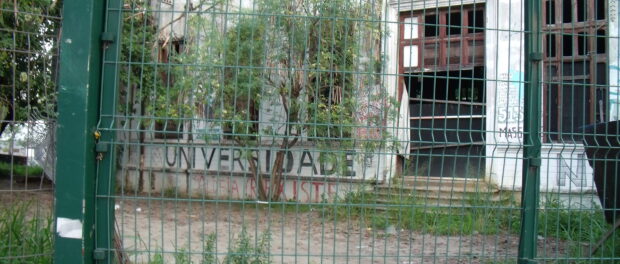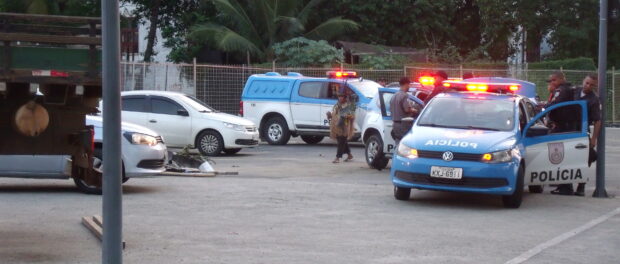
The Aldeia Maracanã urban indigenous community once occupied the former Indigenous Museum next to the Maracanã stadium, where the 2016 Olympics opening ceremony will take place tomorrow. Home to the community from 2006 until their forced eviction in March 2013, in the aftermath of the violent eviction, the state government announced that the building would be turned into a museum by the Brazilian Olympic Committee (COB). In December 2013 it was decreed that the Reference Center for the Culture of Indigenous Peoples would be established on the site, with the expectation among former residents that it would be completed by April 2016.

The building was owned by the federal government until it was sold to the Rio de Janeiro state government in 2012 for R$60 million. Built in 1862, it once housed the national Indigenous Peoples Protection Service (SPI) and was the first museum dedicated to indigenous culture in Brazil, but remained derelict and abandoned until occupied by indigenous families in 2006. Named the Aldeia Maracanã, the occupation established itself as a cultural reference point and mounted a strong resistance to eviction. Though unable to resist their own eviction, residents managed to save the historic building itself from demolition in 2013, and attain the promise that the museum would be renovated into a reference center for indigenous culture.
Since then, however, neither the Brazilian Olympic Committee nor the state government have carried out any works to transform the site into a museum and currently the site suffers a continual police presence to prevent re-occupation. Over the coming weeks, the area around the former Aldeia Maracanã will host thousands of people in the five Olympic venues in the Maracanã zone.
Displaced from the reference point they’d established for indigenous culture in Rio de Janeiro, most residents of Aldeia Maracanã were first relocated over one hour west to containers in Jacarepaguá in the West Zone before being moved to highrise Minha Casa Minha Vida public housing units in Estácio, a centrally located North Zone neighborhood.
Carlos Doethyró Tukano, president of the Aldeia Maracanã Indigenous Association, comments on the disparity between investments in the Maracanã complex and the now uninhabited museum that was once his home. He says: “On one side there’s the Maracanã that has been renovated with more than R$1 billion, and on the other there’s the Indigenous Museum’s small space where renovation would not exceed R$7 million, which is required for urgent renovations.”
The community and supporters are fighting for the re-establishment of an indigenous center on the site of the Aldeia Maracanã and for a space to resume their cultural activities and way of life. Peaceful protests have been held outside the building and the group has filed a lawsuit to return to the occupation.
However, Tukano believes that nothing will happen or progress until after the Olympics: “I don’t believe they’ll mess with anything now. They won’t do anything until September because of the Olympics, which is bringing lots of people and is being presented here in Rio. The same thing happened with the World Cup. They won’t deal with us now.”

